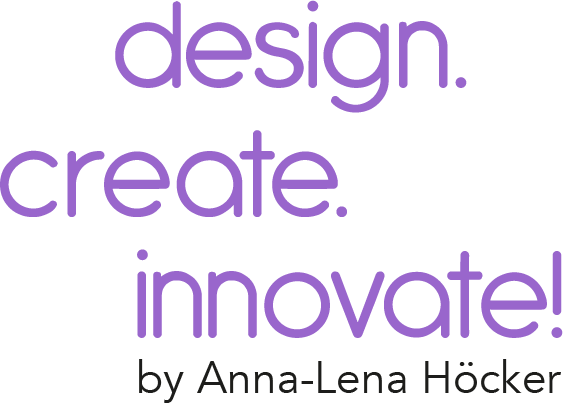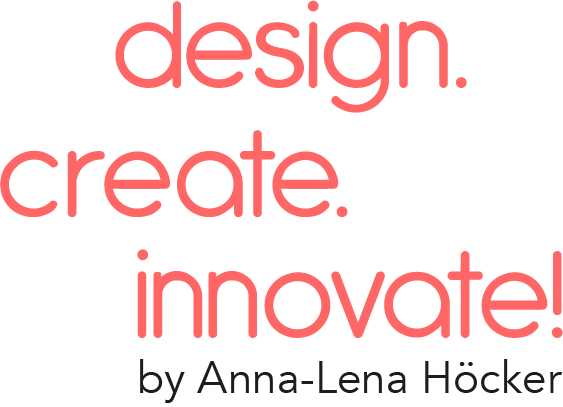Mixed media collage to highlight the need for responsible design. Created by Anna-Lena Höcker
Design is all around us. Well done or not, every object we use, experience and are surrounded by has been designed - to perform a defined function, have a certain look and feel. Design influences our attitudes and behaviors even if we're not aware of it. Mostly, we are only aware of design if it strikes us as particularly poor or exceptionally good. Otherwise we take objects largely for granted, we do not consider them as being "designed".
What we consider even less are the implications & effects of design: the materials used and their sources, space and energy needs during production and use, waste that is produced in the process, environmental and social impact. However, all these effects are there - for cheap goods and high end "designer's" products alike, during the whole production and life cycle.
In order to solve our world's grave challenges the design function has the opportunity and responsibility to incorporate processes and impact on nature instead of mere product focus: to become Responsible Design. This means creating products that are "life producing" instead of consuming, products that have a net positive, or at least net zero impact, design for perpetuity where there is no waste but endless healthy cycles that benefit nature and the societies living with her.
While this seems visionary and bold, let's look at the first next steps we can make towards the Responsible Design Vision: If we look at the impact and footprint of many of today's products we see a lot of examples of Anti-Design - design that ignores the challenges and impact it creates together with the designed product; design that still has the old school perception of "faster, bigger, wider" being progress in itself; design that even has no real purpose or profound use case any more. Clearly this is not entirely the designers' fault. Rather, the drivers for this anti-design are consumer demand, company strategies and backward politics.
A very good example for this anti-design is a class of vehicles on the road: SUVs. For the general use case of traveling or commuting (often as a single person!) from A to B on fairly standard roads this vehicle class needs to move a lot of weight and material volume around. Dozens of sensors, cameras and digital gadgets are necessary to ensure usability & maneuverability for the ordinary human driver. While interior space is limited (try packing a bike!) these little tanks need more space on the road and when parking, additionally impacting wear and tear of roads worse than a standard car. The use case of "feeling protected" probably only applies to its passengeres - since most other traffic participants feel bullied, especially vulnerable groups such as pedestrians and bikers.
On top of high material, energy / fuel and space consumption (all of which are scarce - and re-think if you are of the opinion that space is only scarce in the city: every square foot of land we pave destroys life!) we need to re-consider the aspect of individuality & brand design. Looking at several randomly picked SUV examples from different brands, drawing their outlines and main features we need to say: it's difficult to discern one brand from the next. Try it when they pass you by on the highway. Good bye individualism.
There are plenty of other industry and product examples where the original use case has eroded, the impact of design is ignored and where design doesn't even promote brand individualism any more: (fast) fashion, jumbo cruises, food chains, ... why do we create these? Why do we consume these?
It is high time for smarter, more responsible design that considers the product's overall effects on nature and society, thriving for positive, life-embracing impact and wise use of our scarce resources instead of destruction through mindless consumption. Let's consider this in our work and behavior every day - as designers, consumers, decision makers and politicians alike!

